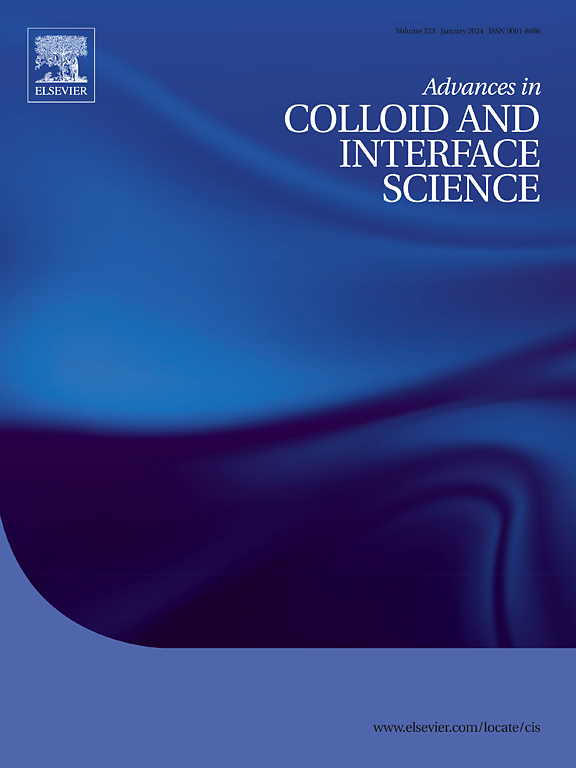Functionalized MXene composites for protection on metals in electric power
IF 15.9
1区 化学
Q1 CHEMISTRY, PHYSICAL
引用次数: 0
Abstract
Metals used in electric power suffer from icing, wear, and corrosion problems, resulting in high energy consumption, economic losses, security risks, and increased CO2 emission. To address these problems, researchers have turned to two-dimensional (2D) transition metal carbide or nitride (MXene) materials, which possess strong near-infrared adsorption, photothermal conversion, shear ability, low friction coefficient, and impermeability. These properties make MXene a promising candidate for surface protection on metals in electric power, including anti-icing, anti-wear, and anti-corrosion applications. However, the comprehensively protective ability and the promising application of MXene in electric power have not yet been reported. In this review, recent progress in MXene-based composites for anti-icing, anti-wear, and anti-corrosion in electric power is summarized to understand the protective mechanisms and the promising applications. First, the chemical and structure of MXene are briefly introduced, followed by a summary of its intrinsic properties. Next, the latest research on deicing MXene composite coatings, anti-wear MXene-based composites and coatings, and anti-corrosive MXene coatings, along with the corresponding mechanisms, is discussed. Finally, the challenges and opportunities of MXene-based composites in electric power are highlighted. This review provides guidance for understanding the comprehensively protective abilities of MXene and rationally designing MXene-based materials used in electric power.

求助全文
约1分钟内获得全文
求助全文
来源期刊
CiteScore
28.50
自引率
2.60%
发文量
175
审稿时长
31 days
期刊介绍:
"Advances in Colloid and Interface Science" is an international journal that focuses on experimental and theoretical developments in interfacial and colloidal phenomena. The journal covers a wide range of disciplines including biology, chemistry, physics, and technology.
The journal accepts review articles on any topic within the scope of colloid and interface science. These articles should provide an in-depth analysis of the subject matter, offering a critical review of the current state of the field. The author's informed opinion on the topic should also be included. The manuscript should compare and contrast ideas found in the reviewed literature and address the limitations of these ideas.
Typically, the articles published in this journal are written by recognized experts in the field.

 求助内容:
求助内容: 应助结果提醒方式:
应助结果提醒方式:


